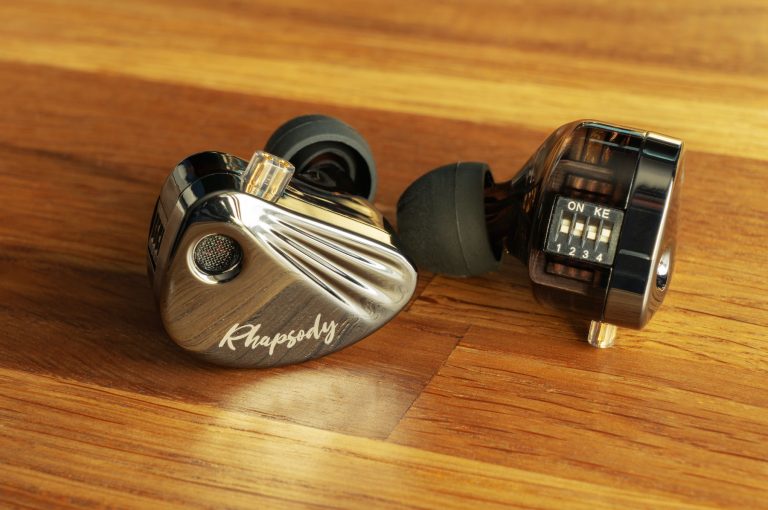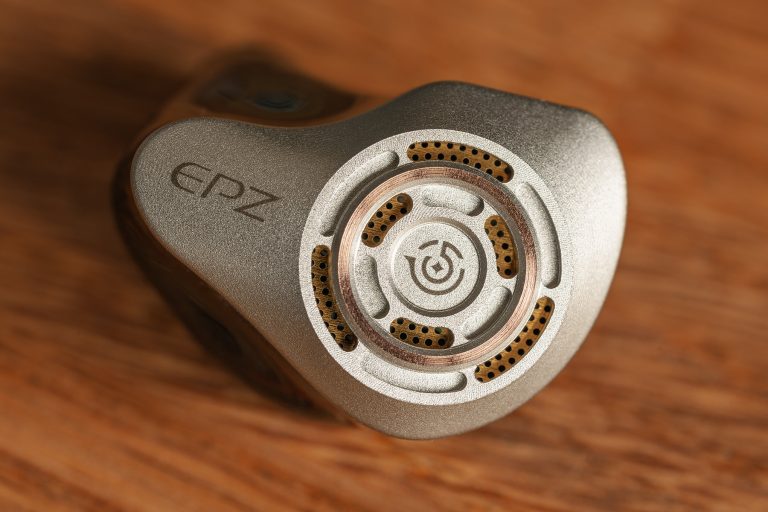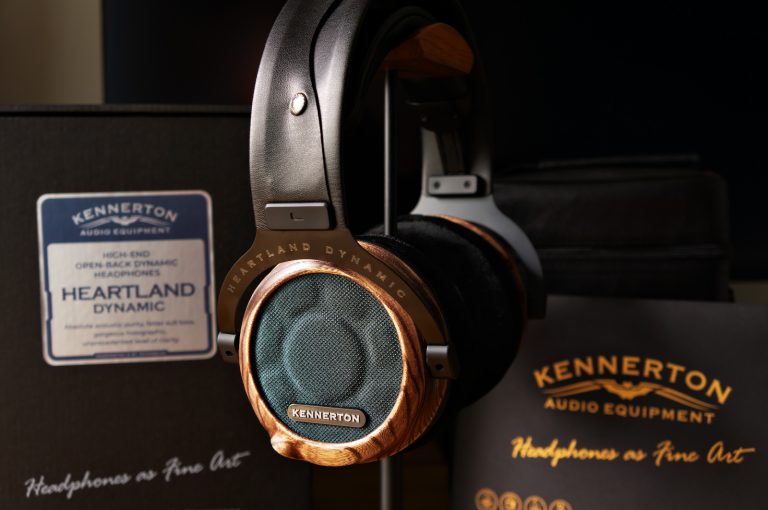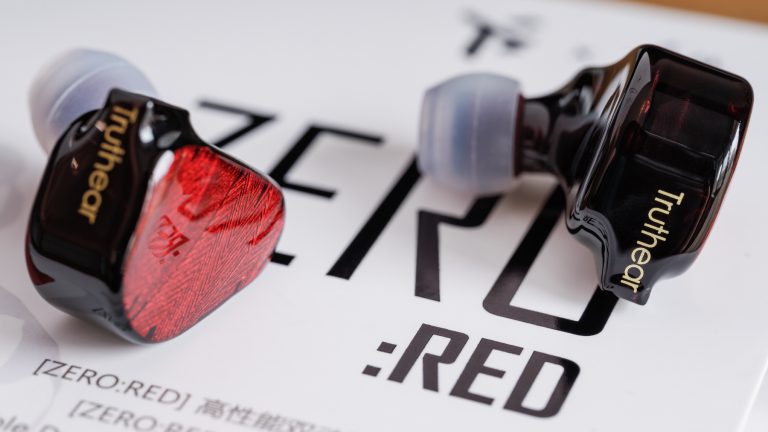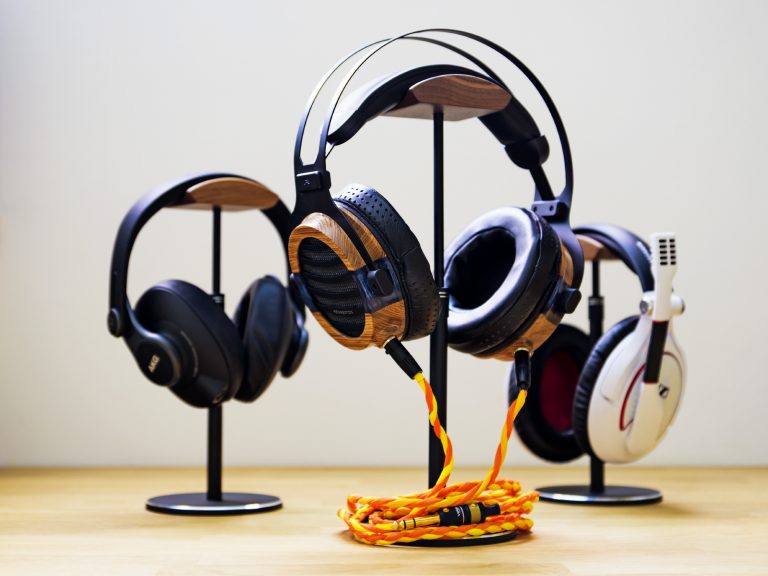FiiO/JadeAudio JT1 Review. Nice and steady
How much do you think any decent closed-back wired headphones could cost? All of a sudden, the JadeAudio’s collab with the FiiO gets released, and it’s a pretty unusual JT1 model. This is your answer to the above question. These cost around $50 at the AliExpress sale. Would you expect anything great from such a thing? I don’t know! I wouldn’t.
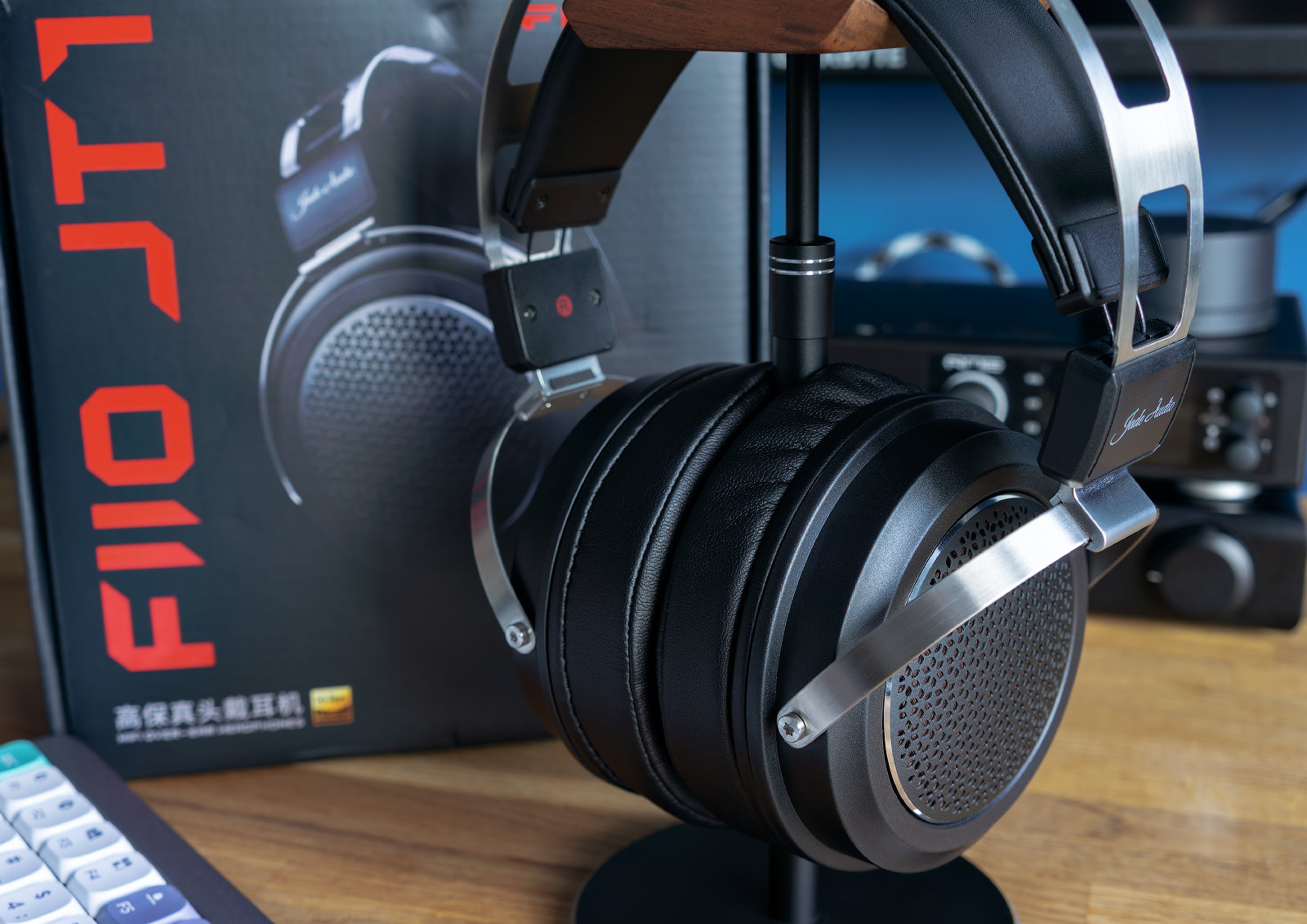
But we’re here today to try and see if expectations meet reality.
1. What’s included
The headphones come in a simple cardboard box. I wouldn’t use it to store the headphones – and I couldn’t, since the box falls apart almost immediately.
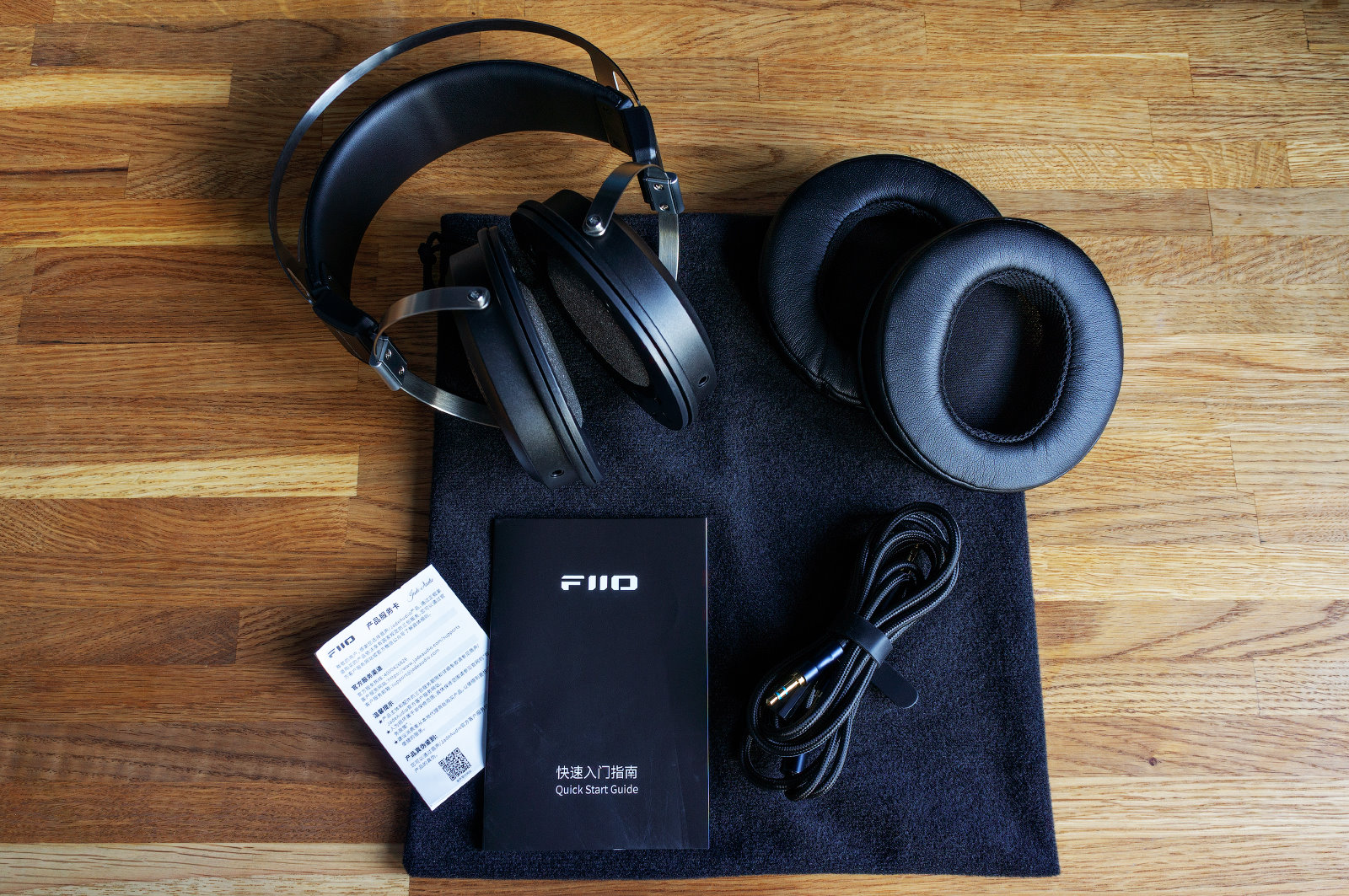
The box contains the following items.
- The headphones
- A cable with microphone (!). There’s a 3.5 TRRS on one side and two 3.5 TRS on the other
- A 3.5-to-6.3 adapter
- A fabric bag
- Some papers
Since I was one of the first to buy the newly released model, the manufacturer’s complimented me with a 4.4 balanced cable free of charge.
2. Design, assembly, technology
The manufacturer claims that a dynamic driver with a polyetherketone (PEK), as well as polyurethane and aluminum foil diaphragm. There are also some neodymium magnets, an aluminum copper-plated core and other stuff.
In other words, technologically, the JT1 don’t really feature anything unusual. In terms of design, the JT1 are a nice example of how you can build some extremely cheap, but still reliable and functional headphones. You can even look at them without being aesthetically disgusted. How do you like it, huh! I didn’t even notice any rivets or glue stains –just screws and latches.
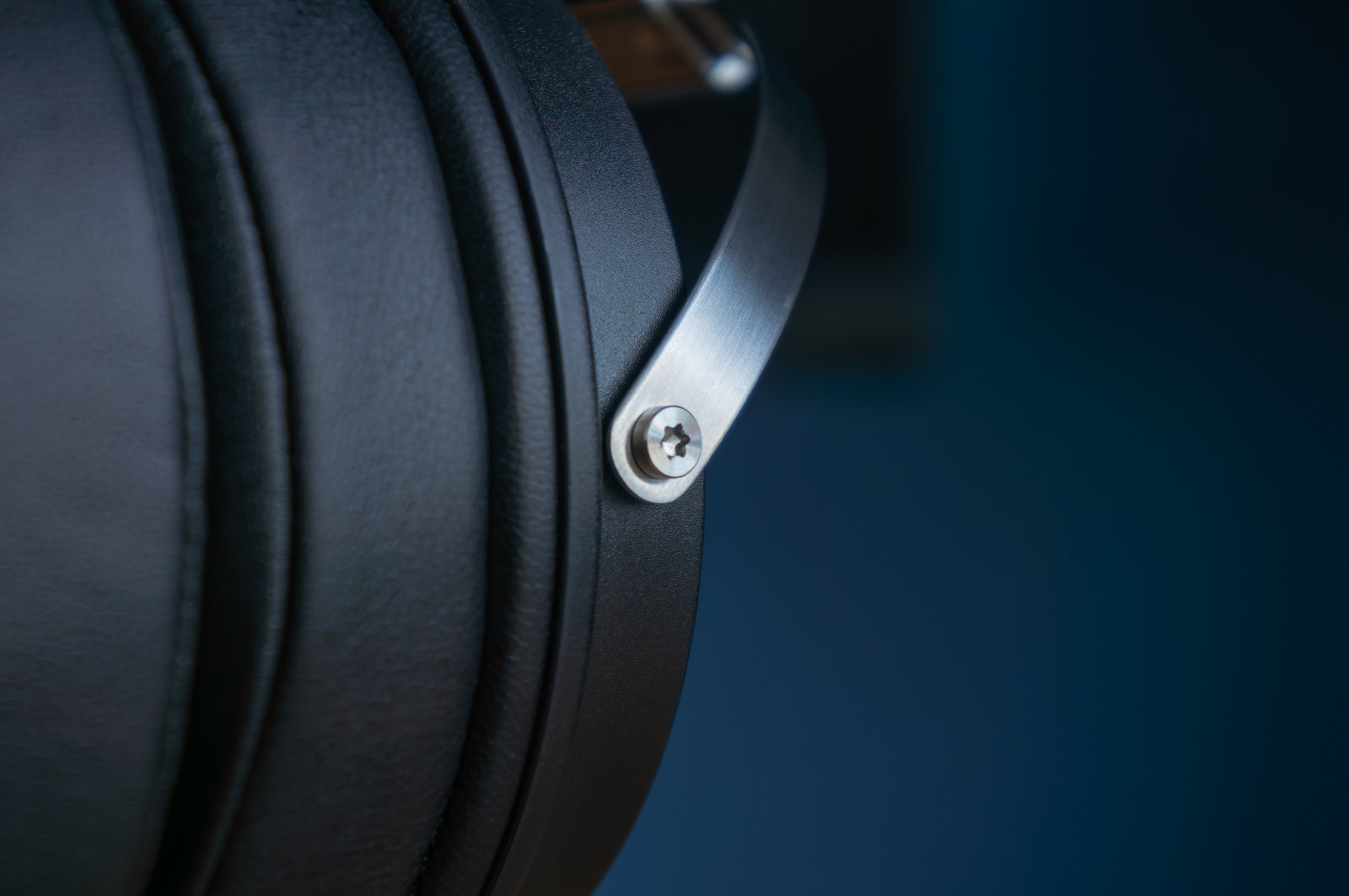
The headband is just a thin bent piece of steel. The edges aren’t any particularly perfect, but the headband doesn’t cut my hands, doesn’t ring, and I’m just grateful for that.
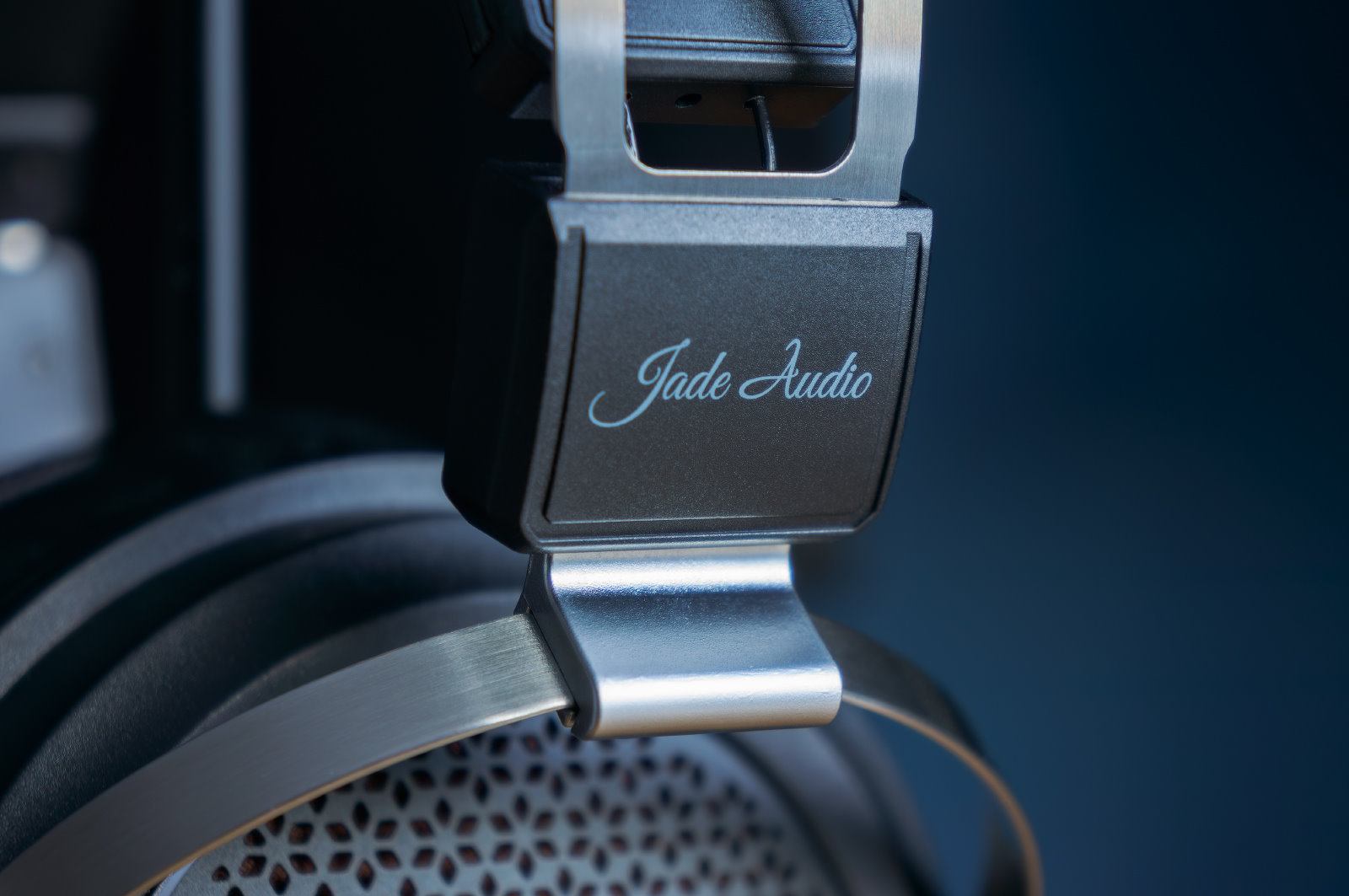
There are mesh-covered compensation ports on top of the earcups, and cable connectors on the bottom.
The thick and voluminous earpads are covered with faux leather. No bevels here: that is, the earpads sport the same thickness all around. No perforation, too, though the inner part has textile – it ain’t much, but it honestly won’t let your ears fall off. The earpad diameter is 10 cm, as in many other popular models, so you can actually try and find your ideal earpads from other manufacturers.
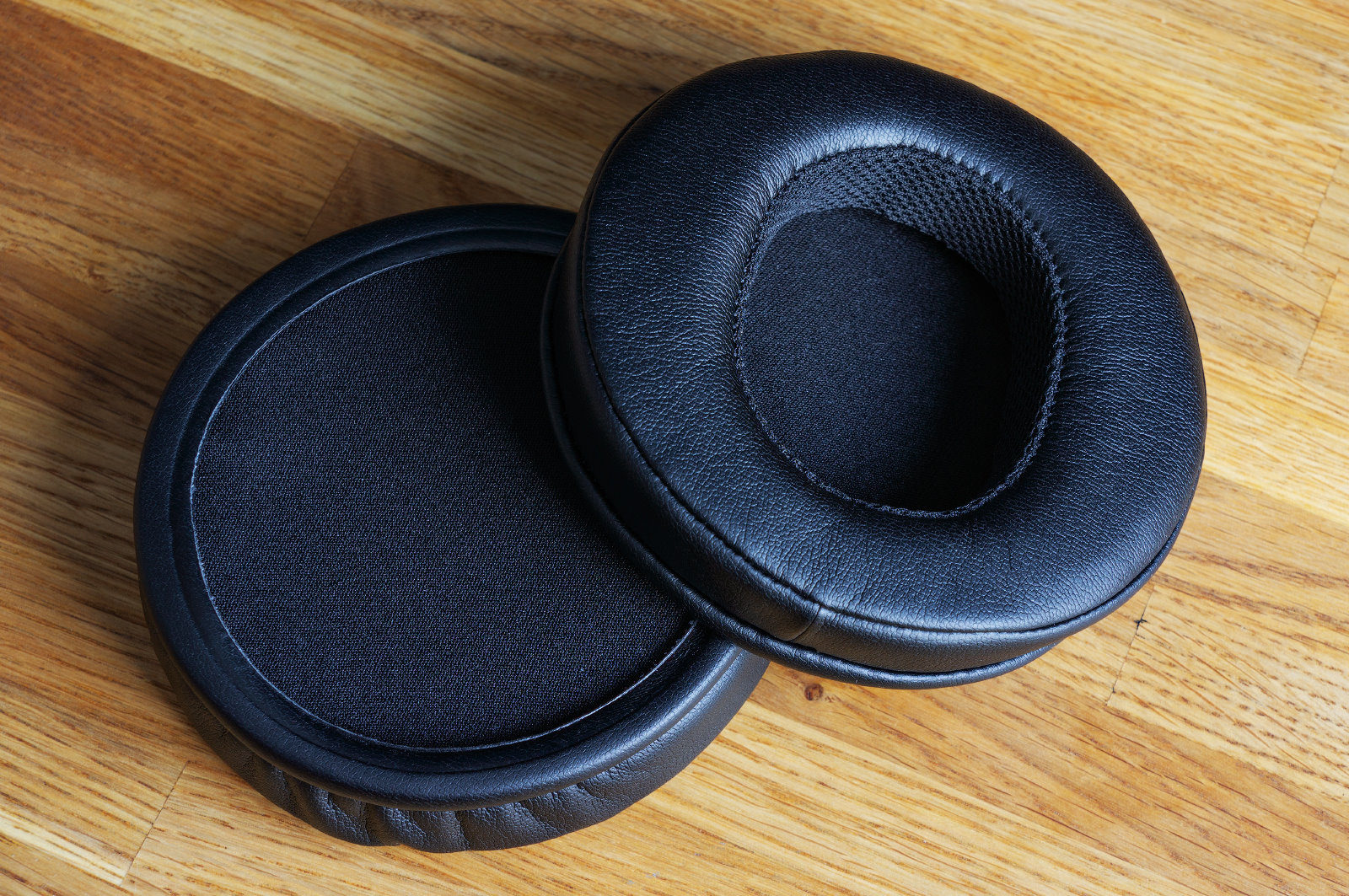
The provided cable isn’t a masterpiece, to be honest; even the manufacturer logo print on the splitter looks kinda sloppy.
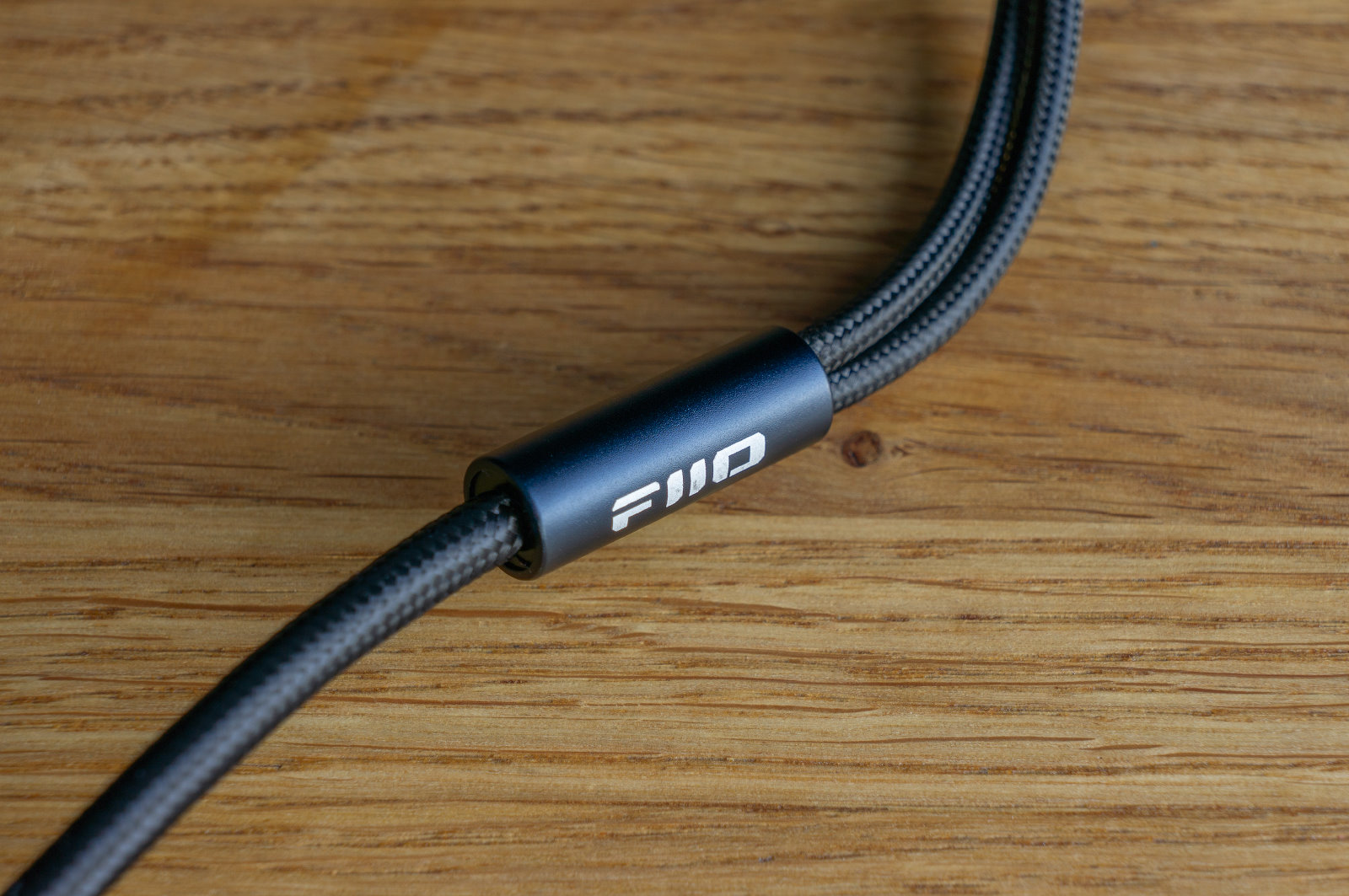
The cable is too simple, too short and too rigid. Unyielding, I’d say. A Bellatrix Lestrange’s wand among headphone cables. It features some thick textile braid, though, as well as a rubber band tie. The mic is a small black thingy dangling on the right channel; and here’s its control button with half-assed press.
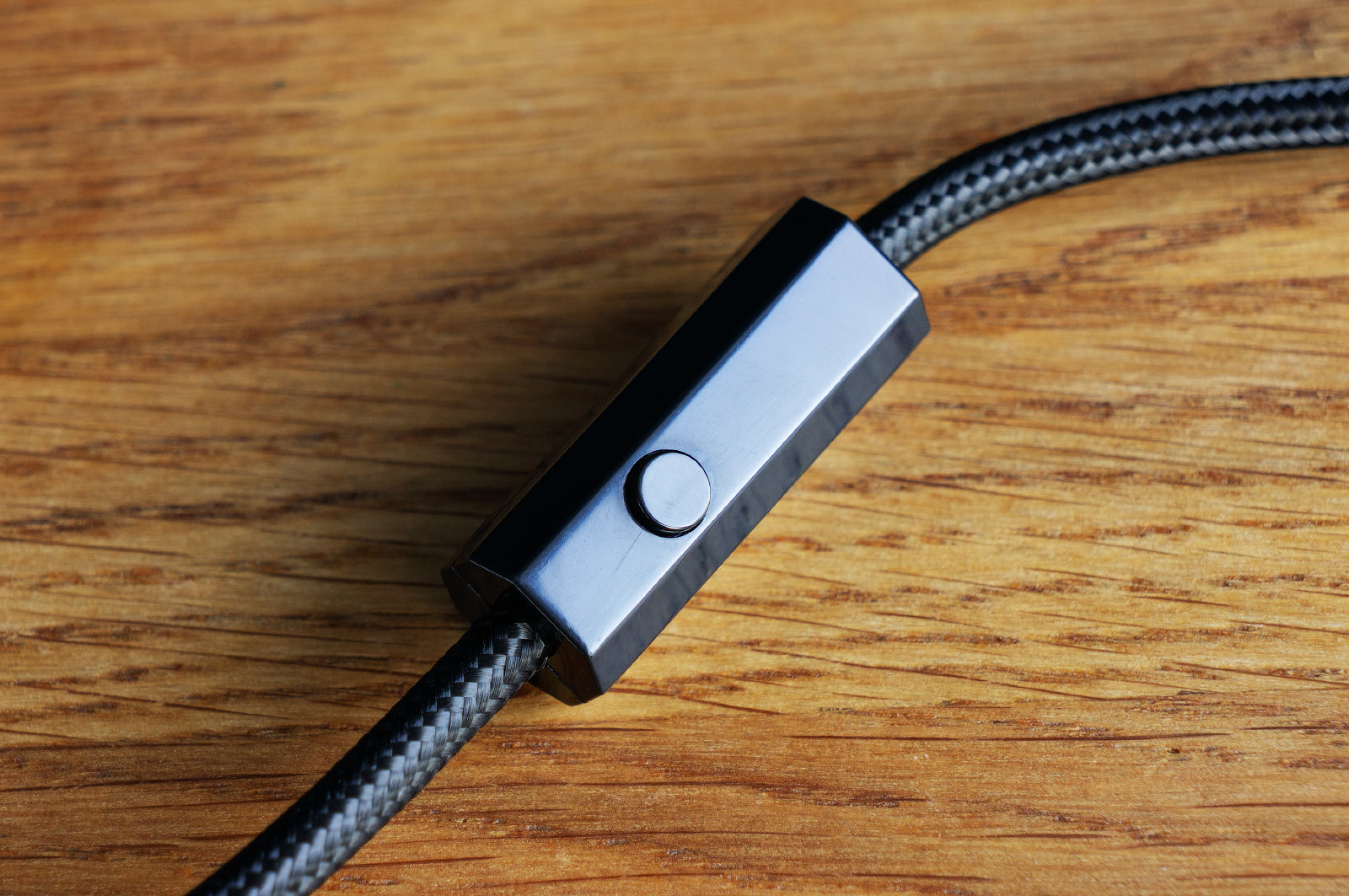
For beauty, refer to the perforated external grill with a shiny rim. Ah, that’s art.
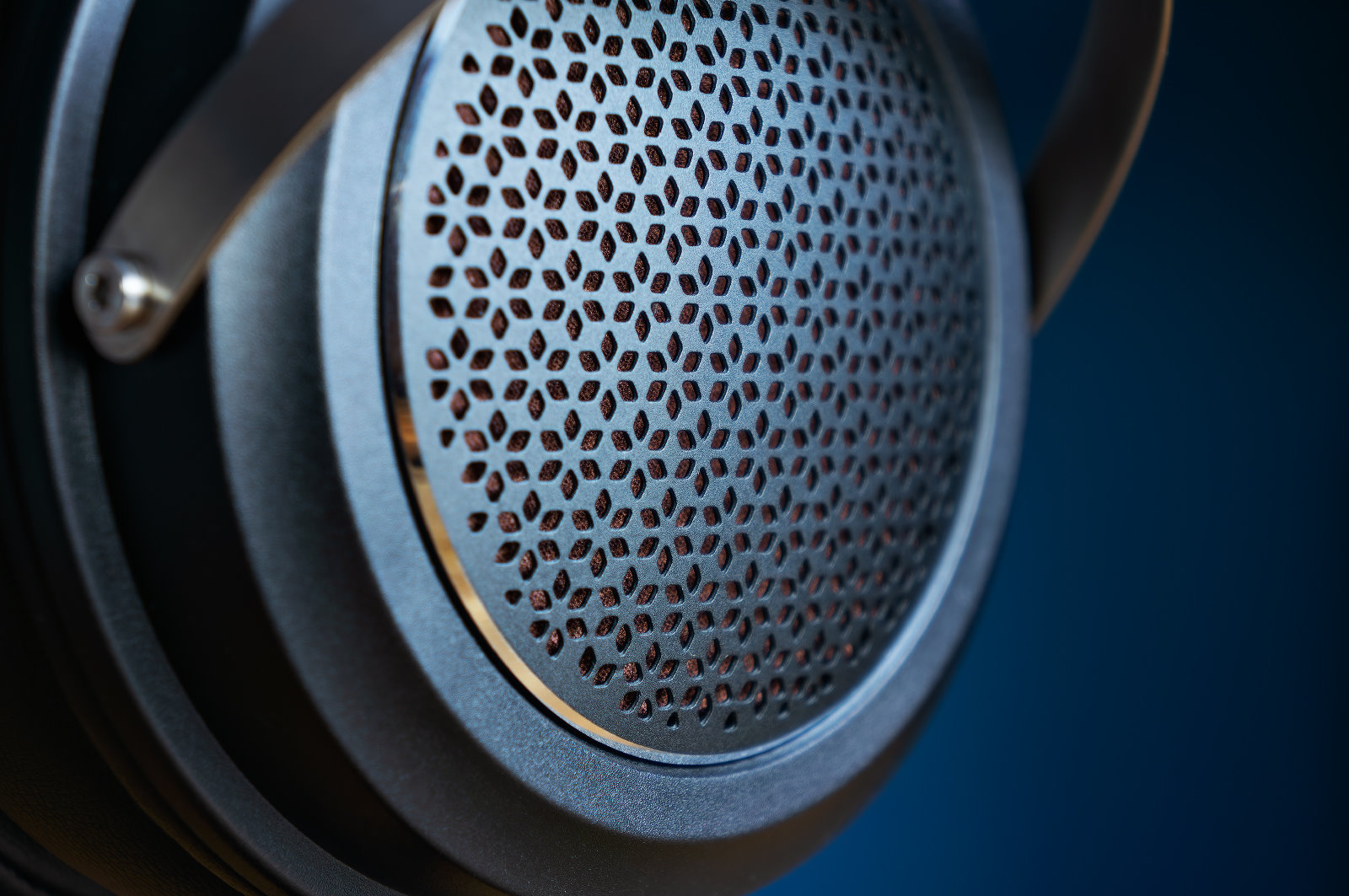
So! From what I see, the JT1 will last at least 1 year (if not used as a basketball). Or even longer.
3. Ergonomics
Fails first. The earcups don’t rotate vertically – strike one. The cables are to be stuck into the earcups vertically from the bottom – strike two. The mic hangs on a wire dangling all it wants and rustling against clothes (if you wear some) – strike three. I couldn’t position the headphones on my head so that the earcups fit snugly against my ears all around. There’s always a small gap somewhere near the earlobe. That being said, the sound insulation is lame, and that’s strike four. And the finisher would be the following: the earpads have a very wide ‘skirt’, which you need to shove into a narrow groove to secure the earpad on the respective earcup. The beveled fastening side to turn and click the earpad in place (as in the Kennerton headphones)? Nah, boring. The earpad replacing is a ceremony, an at least 3-minute anger management training session.
You know what? I’d say the JT1 are more of a semi open-back model than a closed-back one: you can still hear something outside that earcup.
But enough with bad things! Let’s see if these are any good after all!
The pressure is exactly enough for the headphones not pulling your ears down and not squeezing your brain out – it’s very comfortable. The earpads are actually excellent: they’re deep, they’re soft and rather pleasant to touch. The headphones only weigh 300 grams (cable not included). And who would’ve thought that the mic actually delivers some fantastic recording quality! It’s just unbelievably surpassing 90% of gaming wired headsets. The mic doesn’t feature any noise reduction, though – it just records all the sounds it reaches.
You can also use the JT1 cable with the HiFiMan Sundara, the Moondrop PARA or any headphones with similar connectors. This is where you get some great headset with unrivaled sound delivery. You can also apply some noise reduction software algorithms. This is paradise before death, y’all!
To put it shortly, taking into account the cost, I’d rather rate the ergonomics as almost excellent.
4. Quick specifications overview
- Design: over-ear, semi open-back.
- Driver type: dynamic.
- Membrane diameter: 50 mm.
- Impedance: 32 Ohms.
- Sensitivity: 103 dB/mW.
- Connectors: 3.5 TRS.
- Weight: 301 g without cable.
5. Subjective sound impression
It all went like this: package received, the JT1 put on my head, and everything got black. Only me and the JT1 for several days straight without any tiny, slightest want to even touch my go-to headphones. Because you know what? The JT1 sound very good in general – and just awesome given the cost.
The JT1 feature a V-shaped frequency response graph with some unusual implementation.
When tuning the high-frequency range, manufacturers usually follow a set of simple rules: emphasis on 2.7 and 8 kHz, masking 4 and 6 kHz and all. With other frequency sections of up to 10 kHz – kinda without any particular idea. As for the JT1, it’s as if the range from 2 kHz and so on is just… completely correct, no dips or rises at all. The upper mid-frequencies and higher section are so full-course – I couldn’t believe my own ears. I still can’t.
In the mid-frequency range, there’s a certain lack of volume, that is, the sound can be called ‘thin’ at a stretch: the voices are somewhat a bit too far from you, and there’s a barely noticeable sonority hue.
The lower part of the middle part and the bass are here: they’re quite smoothly tuned, no sharp peaks and dips in here. The section at about 500 Hz is kinda underfulfilled with bass clearly played up compared to the subbass. The lower frequencies component is in fact highlighted. The subbass, btw, is actually wonderful: it’s very deep and ‘collected’ when using a sound source of sufficient power.
Do the LCD-4, Meze Elite and other Focal Utopia-ish headphones go to trash? 40k upvotes, and I do that!
I’m only joking, I wouldn’t. There are dips and rises in the lower-frequency area, smooth but unacceptable for higher-end headphones. You raise the volume up, and the bass gets all ‘hummy’ in some tracks, and the mid-range is just a freaking mess. This is where we understand that the JT1 actually have their technical limitations, and we’ll see that by ways of measurements below. It’s also worth saying that models costing 3-5 times more have the very same limitations, too!
The instruments are positioned okay, the stereo effects are reproduced vividly and accurately. The virtual sound stage is conveyed perfectly, you can really say who did what and where in the recording room.
Isn’t it impressive for a closed-back model? It is.
6. Sound source choice
The headphone sound with different sources was assessed using a device for instant source switching. The sound volume was first aligned on the measuring rig at a 1 kHz frequency. All software sound processing algorithms were disabled on the sources.
Most of the time the JT1 were connected to the RME ADI-2 DAC fs. I don’t really have much to add to my subjective sound impression. The 10-Volt amplifier seems too powerful for these headphones: at -40 dB already (with High Power enabled), the sound is very loud.
I wouldn’t say that the ADI-2 DAC is a kind of a go-to device for the JT1. The provided cable features a combined TRRS connector and a mic, so the manufacturer must be suggesting using the JT1 with integrated sound cards. Let’s take a look at my integrated sound card fleet: an ASUS ROG Zephyrus G14 laptop with the Realtek ALC286, and my own PC with the Realtek ALC4080. When connected to a laptop, the JT1 sounded bad: there were noticeably more bass and haziness. With the Realtek ALC4080 (based on the MPG Z790 EDGE WIFI board), the situation with the low-frequency section control has improved to some extent, but for some reason a scratchy top emerged.
I’ve also tried the JT1 with the Moondrop DAWN Pro, and it all sounds great! The 3.5 output delivers just enough power, and the outcome is almost indistinguishable from the ADI-2 DAC fs by ear. The same is true for the JT1 + the RODE AI-1.
Given all that, my verdict is that an audiophile DAC and/or a JT1 amplifier aren’t required. Just pick something more or less qualifying. It’s true, though, that the better the source, the more interesting and collected the sound will be.
7. Measurements
To take my measurements, I’ve connected the headphones to the RME ADI-2 DAC (SD Sharp filter) with a provided cable via standard 3.5-to-6.3 adapter. The measurements were made using a rig conforming to the IEC60318-4 standard – with an auricle and auditory canal simulator. For each of the earcups the measurements were made until 4 consistent measurements were obtained for the left and the right channels; any deviant measurements were excluded. The smoothing is indicated on the graphs. I’ve described the limitations of the rig and the headphones measurements in general in this article.
I’ve performed all the measurements just like I do it every time, and the JT1 frequency response looks like this:
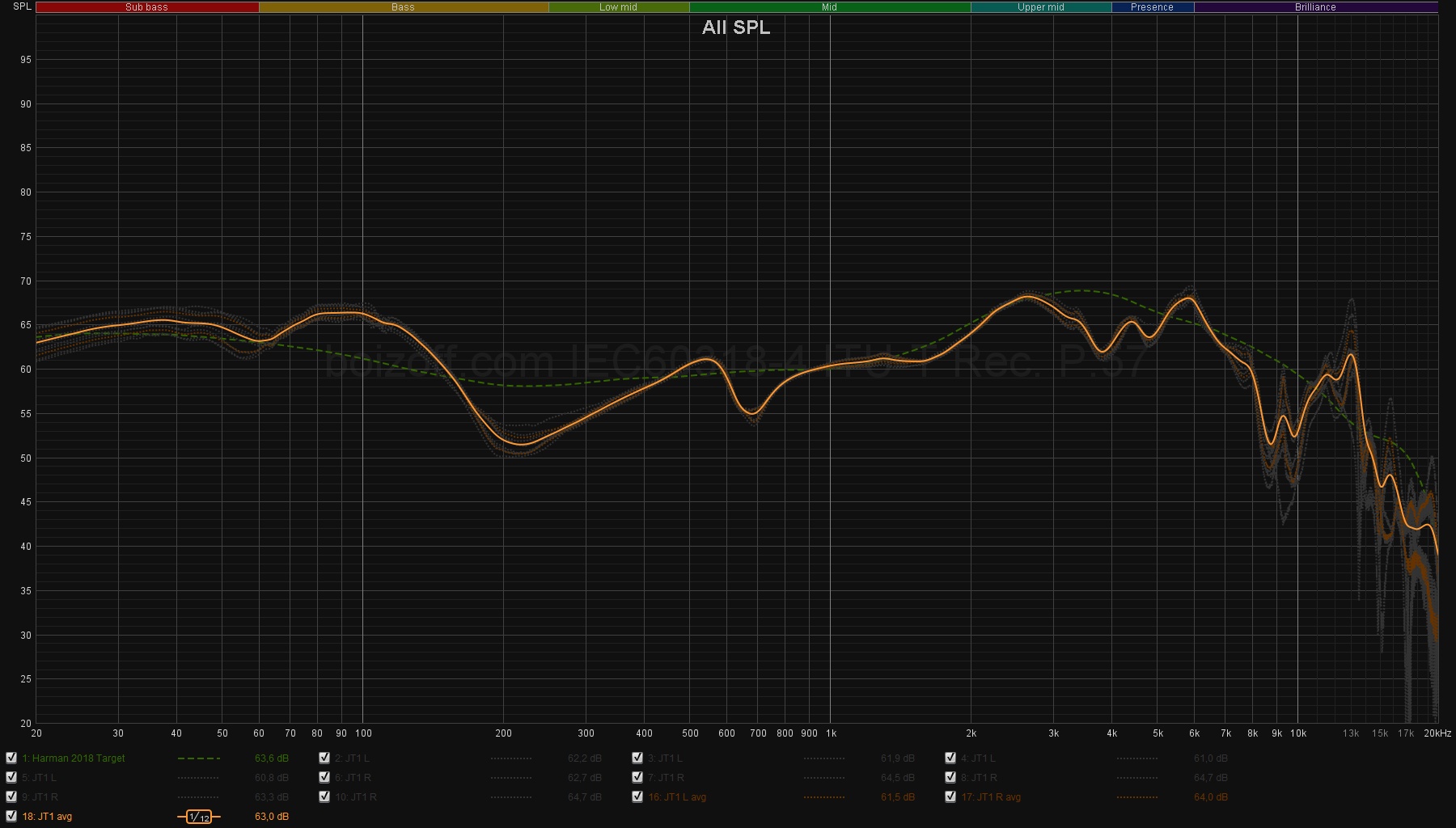
Take a look at the screenshot. Isn’t there something odd? The upper frequency range section kinda corresponds to what I can hear myself (taking into account the rig deviations), and that’s alright, but I definitely can’t match my impressions with these exaggerated subbass and bass from the graph. Couldn’t hear that dip at around 200 Hz, too.
How is it even possible? The answer is yes. I mean, as I wrote above, the JT1 don’t sit tightly on my head no matter how hard I’ve tried, so there’s a nice’n’big draft near my earlobe. Should you try and simulate the same fit on the measuring rig, you’d get (and I’ve gotten alright) such a graph:
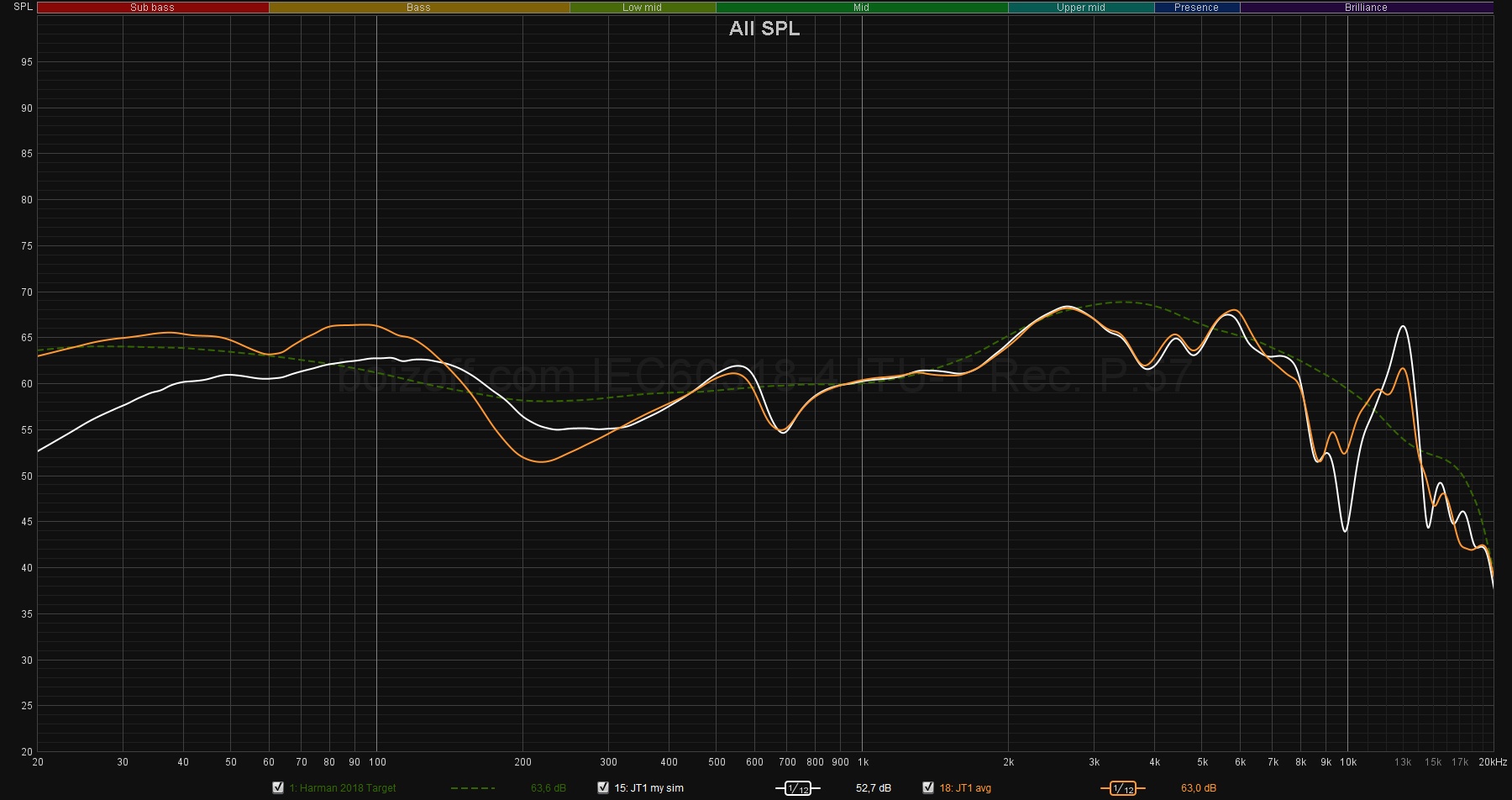
That white curve is really very close to the sound I’ve subjectively perceived. Let’s skip that huge rise at the 13 kHz, I just can’t hear it.
Just so you know, the manufacturer presents their own graph (source):
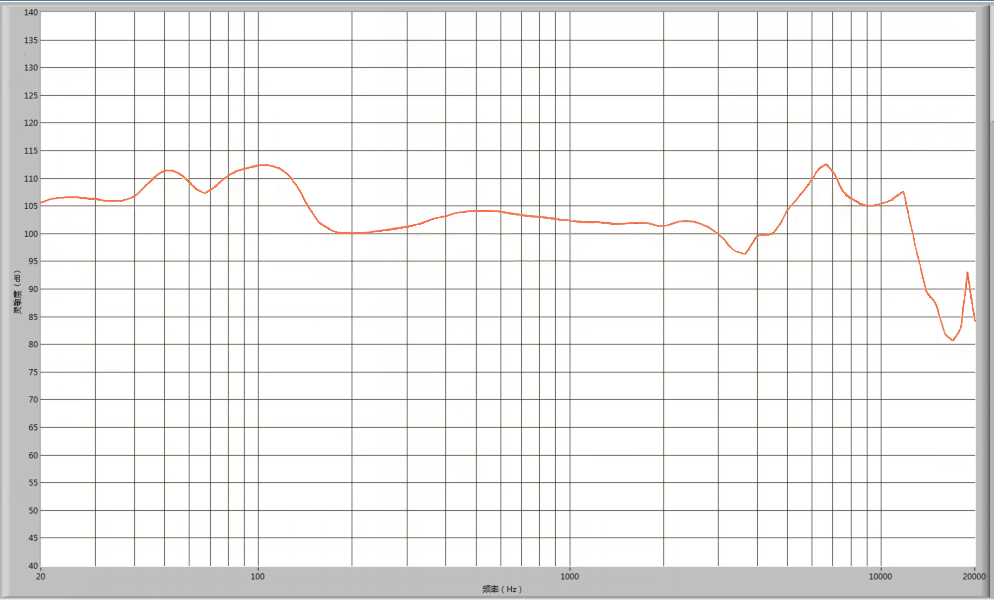
What was their rig’s standard? Are these normalized measurements, or the raw, original ones? What kind of smoothing is applied? Too many secrets here, y’all.
The left and right channels correspond well (for the headphone class) to each other:
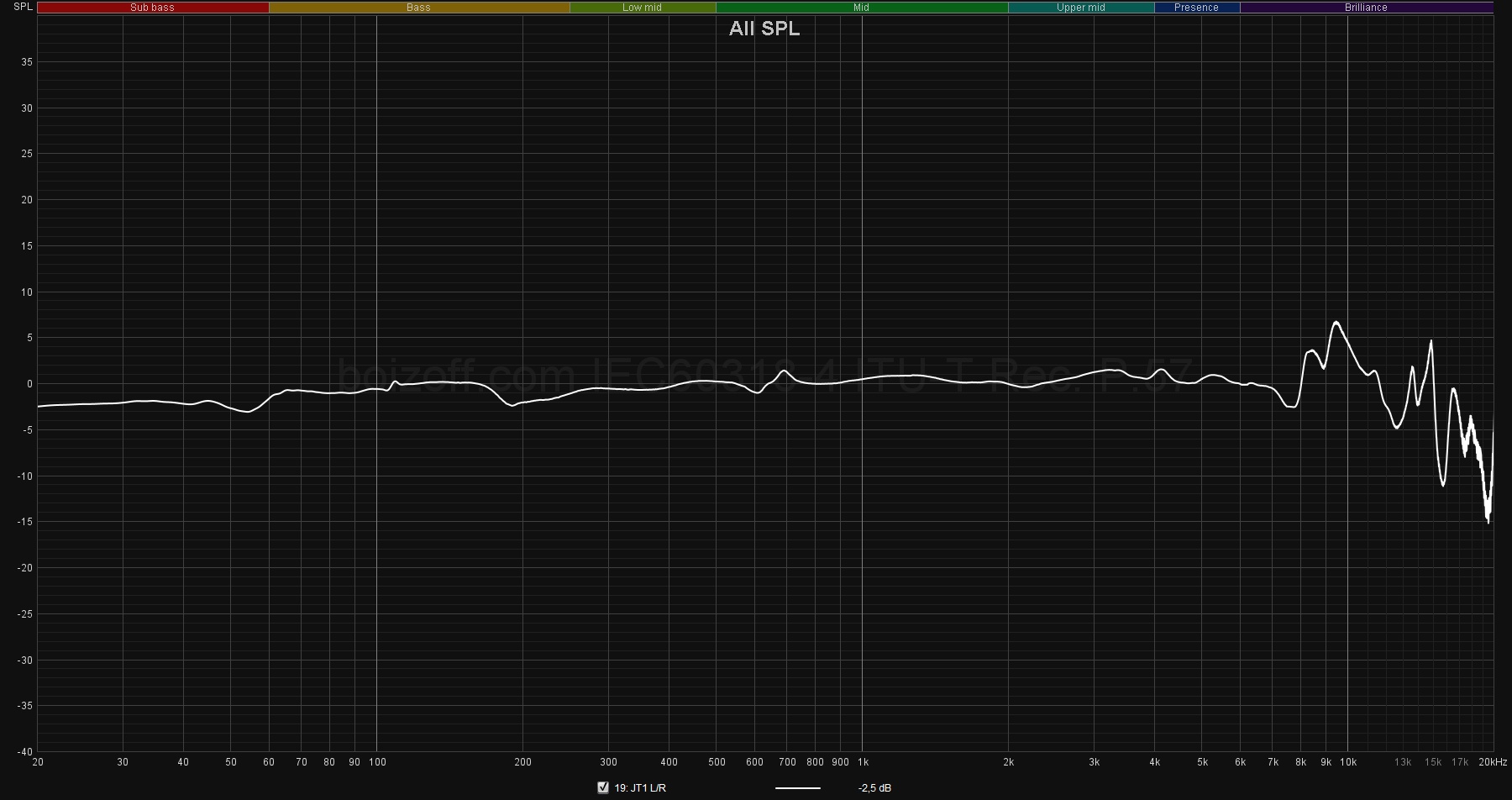
The distortion level, again, is acceptable for this class of headphones:
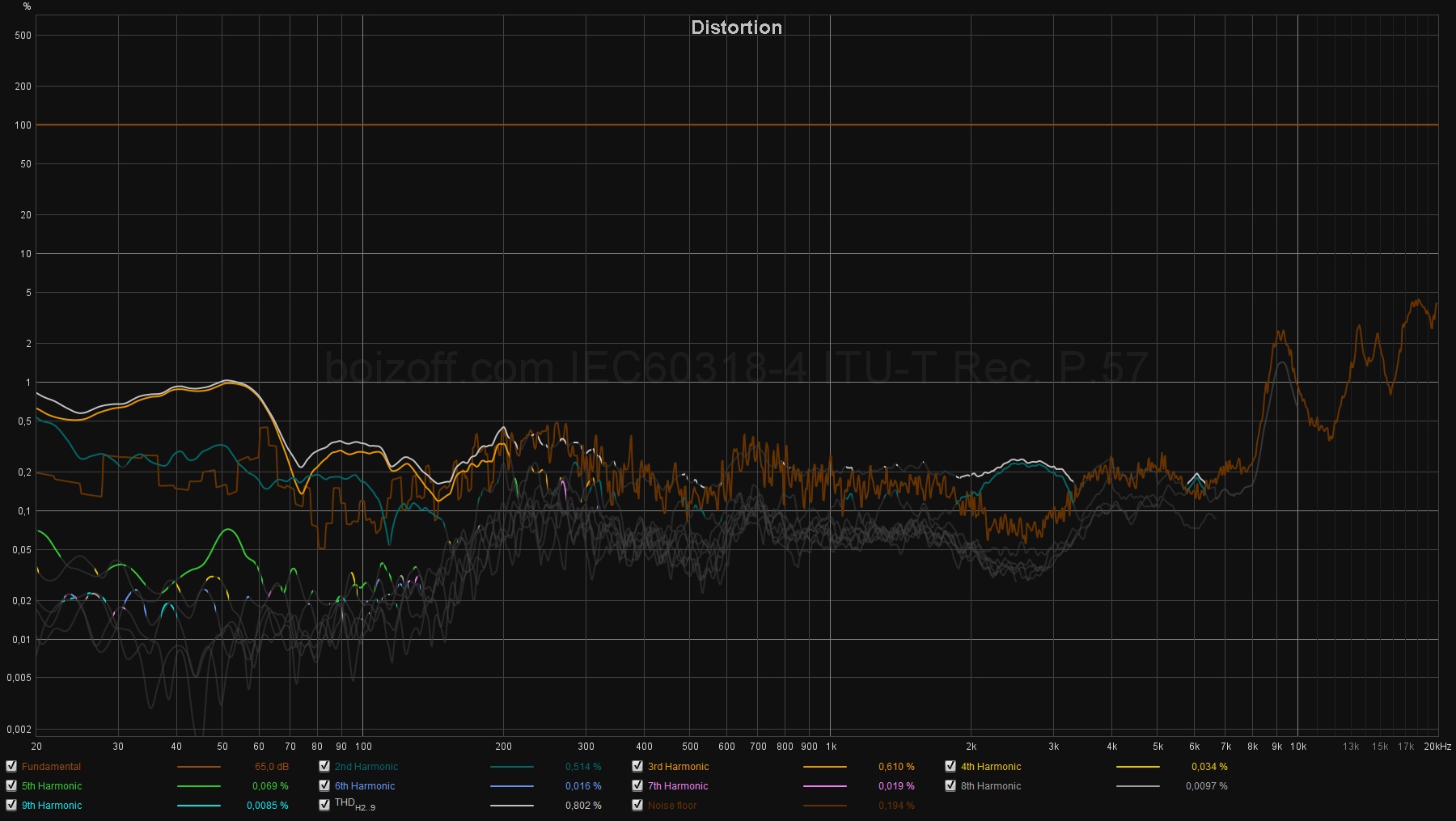
8. Comparisons
This isn’t easy for me, since I’ve never ever heard or tested such cheap closed-back headphones. Even the wired gaming headsets I’ve ever laid my hands on cost at least twice as much. This is where a lonely tear runs down my cheek: some say there are some divinely sounding extremely cheap Takstar models in the world, but I didn’t have a chance to palpate them.
9. Summary
The JT1 is a type of driver that goes straight in their lane, nice and steady. No fancy moves, no impatient cuts.
The $56 I’ve paid for the JT1 on AliExpress – with other manufacturers, this is actually a cable price. The JT1 not only sound good irrespective of genres or artists – they also come with a unique mic-equipped cable that allows you to use these headphones as a full-fledged headset.
The JT1 with both their tuning and relatively low distortion level actually sound amazing for their price tier. And their full-fledged and even tuning of the upper-middle section and higher frequencies is more characteristic of WAY MORE expensive open-back models.
Please also keep in mind that you can easily disassembled the JT1 and kinda mod them all you want from the inside (source).
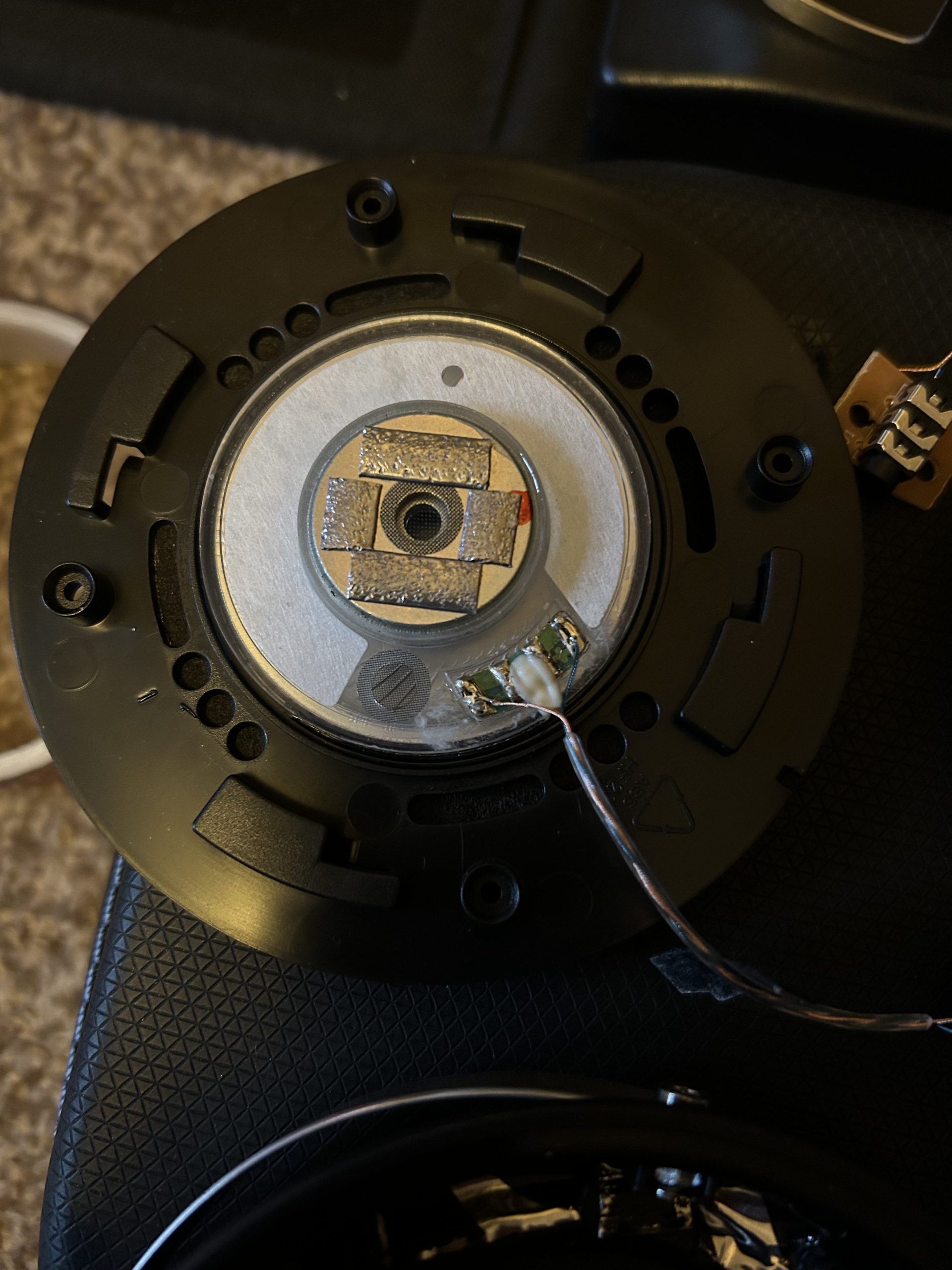
Plus, you can pick almost any earpads from what you can find on the market.
So! Do I think you should buy those? If don’t have a lot of money to spend on headphones, if you’re looking for some decent headphones for your kid, if you need a wired closed-back headset with nice sounding, if you’re dying to mod anything to make it sound better… go buy them right now.
Any other models worth your attention simply don’t exist.

